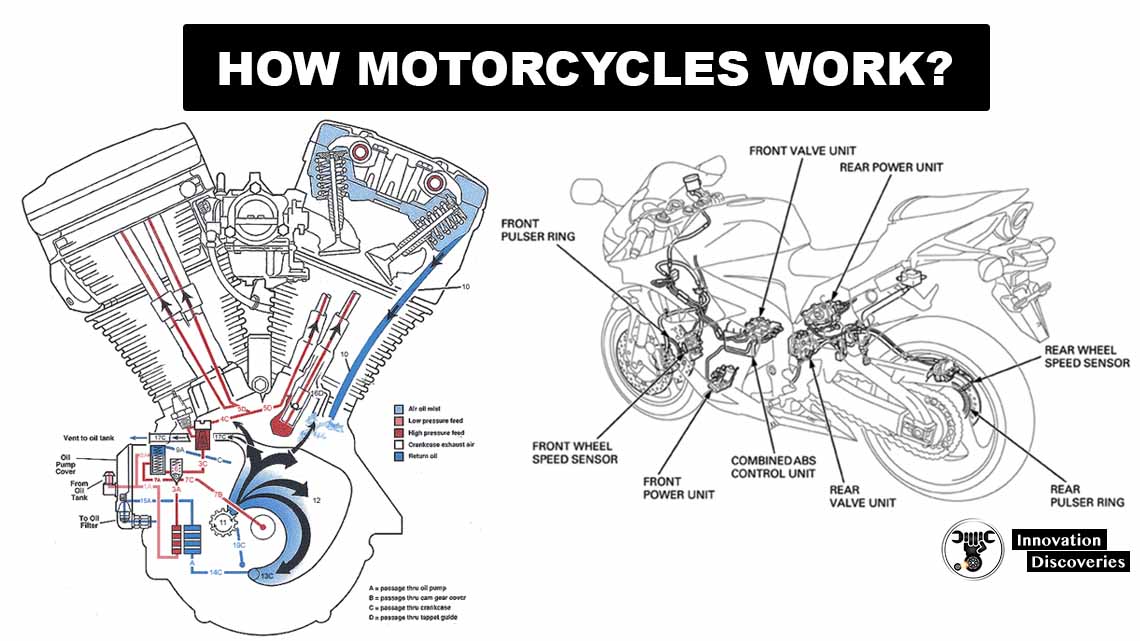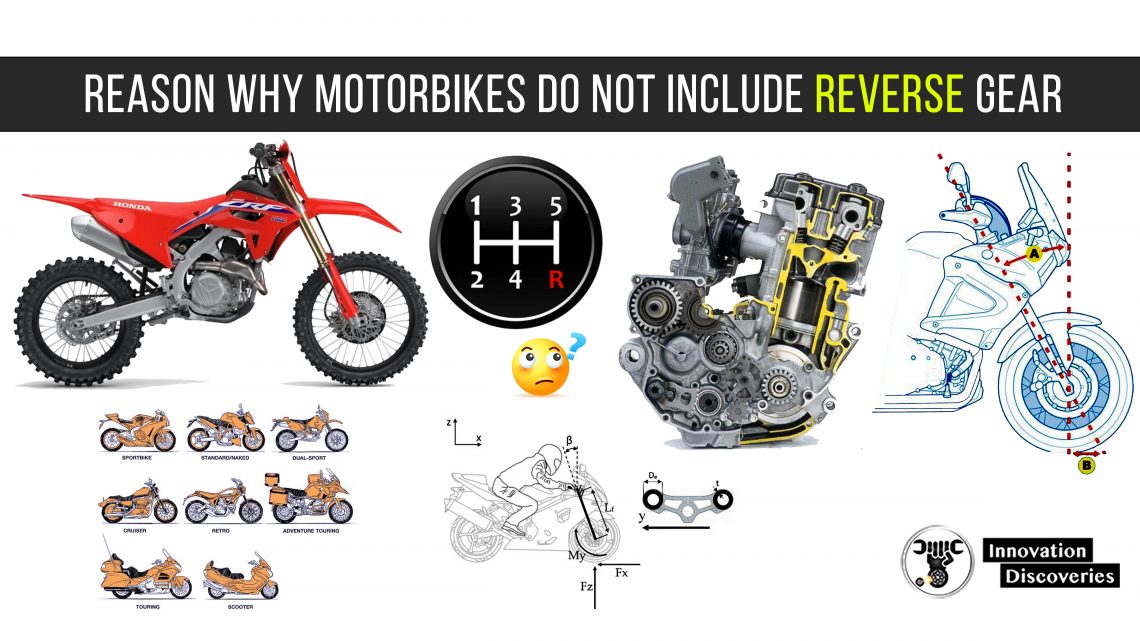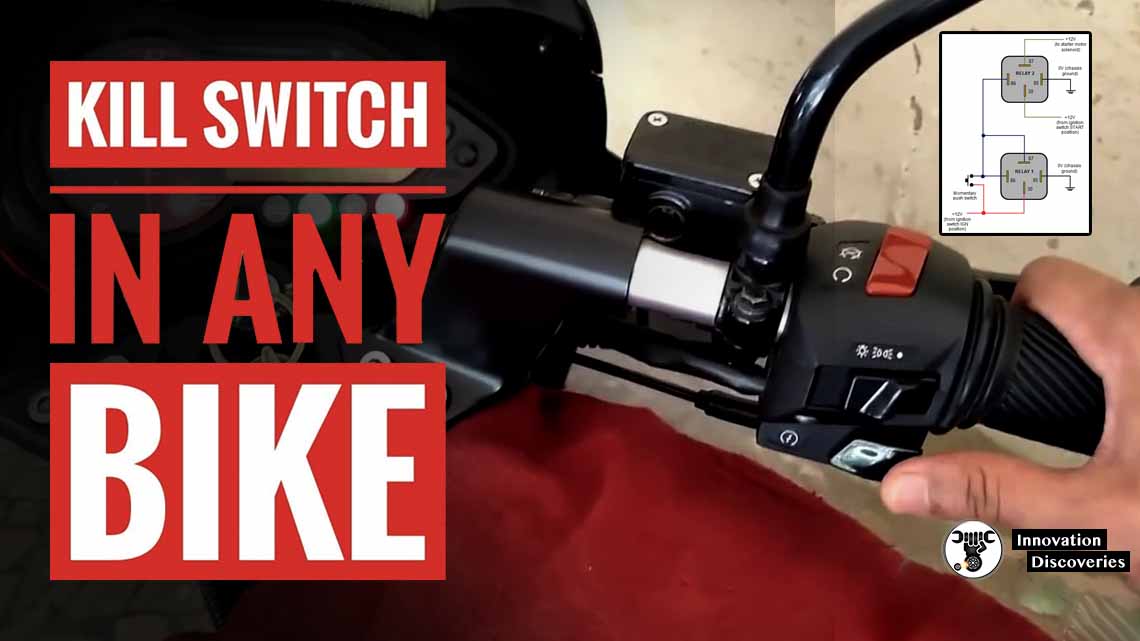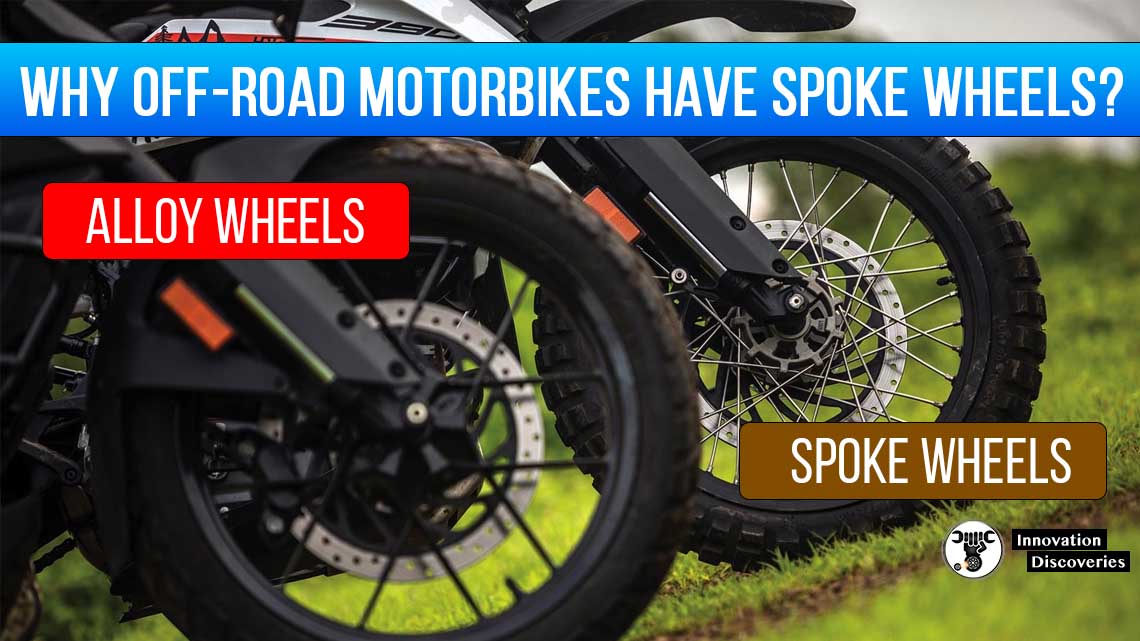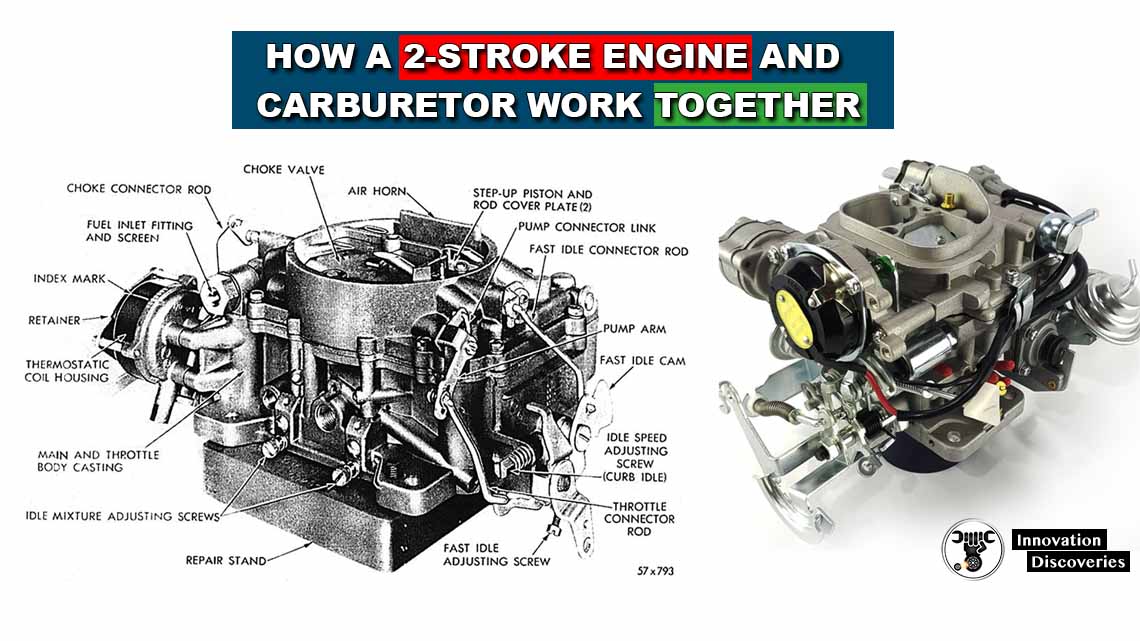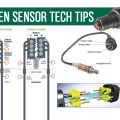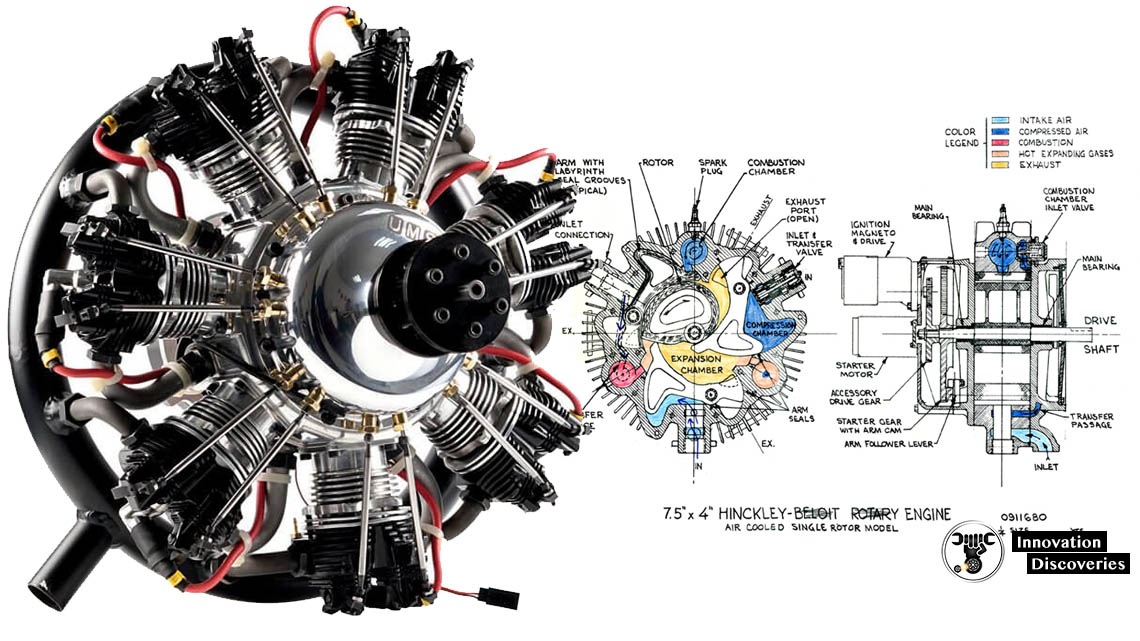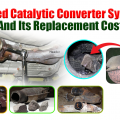
If you love riding your motorcycle, you have a basic understanding of how things work.
While you do not need to be an expert mechanic, you should nevertheless have some knowledge of the parts so that you can choose correctly when replacing them.
Trying to learn about every single component could take years,
But if you need to repair or update any of the parts, this exhaustive list of all motorcycle parts will help you learn about the most crucial components.
Frame
The frame is essentially the foundation of a motorcycle; virtually all motorcycle parts and functions are built on and around it.
There would be no bike without this critical part.
Some frames are designed as one piece, while others come in two pieces. Much like the suspension, the frame consists of several different parts, including the head tube and front fork.
It is constructed of welded aluminium, steel, or alloy struts. The rear suspension figures heavily into the design.
Engine
The function of the engine is obvious; it powers your bike. Most motorcycle engines are two-stroke or four-stroke internal combustion engines, although other types like electric motors and whankels are sometimes used.
There are several different types of engines, the most common are V-twin, inline two-cylinder, or inline four-cylinder:
- V twin: two-cylinder piston engine with cylinders arranged in a V configuration, most common in Harley Davidson and Japanese cruisers alike.
- Parallel two-cylinder: two cylinders side by side, most common on touring bikes.
- Inline four-cylinder: the beefier brother to the inline two-cylinder, most common in larger European bikes.
Transmission
The engine creates a significant amount of power that must be transferred to the wheels smoothly and with little disturbance to passengers.
The transmission accomplishes this by incorporating various components, including the clutch, gearset, and drive system.
The different types of transmission drives include chain/belts and shaft drives. A chain/belt drive is used on many Harleys, while a shaft drive is common on Japanese and European models.
Exhaust System
Each exhaust system on a motorcycle consists of exhaust pipes and baffles.
The exhaust system displaces harmful combustion gases away from the riders. It also enhances the performance of your engine.
Baffles are located in the pipes and muffle noise. All of these factors make the exhaust system one of the essential motorcycle parts and functions.
Brakes
Motorcycle riders need a way to stop the forward motion of their bike. Brakes serve this purpose.
For this reason, no motorcycle (all parts) name list would be complete without them.
Each motorcycle typically has two independent brakes – one on the front wheel and one on the rear.
The rear brakes can be designed with a rotor or drum on older bikes. There are models with linked front and rear brakes that riders can apply simultaneously using a single control.
The front brake provides about two-thirds of the stopping power a bike possesses. Some front brakes consist of a single or, for heavier touring bikes, dual rotor.
Ignition Switch
A faltering ignition switch can cause your motorcycle to fail in its attempt to start.
The switch sends power to the engine controls, starter motor, and ignition controls.
Wheels
Learning about the parts of a motorcycle, wheels, or rims, are perhaps the most widely recognised and well-known parts.
You are already aware that wheels serve two main purposes: they provide structural support and give motorcycles a way to move.
Wheels are specifically designed to handle axial and radial forces.
It is this careful construction that prevents your bike from tipping or rolling over while travelling at high speeds and taking whipping-around turns.
Motorcycle wheels are composed of steel and aluminium or cast iron. The steel/aluminium version has steel spokes and steel or aluminium rims.
Cast iron wheels are made of aluminium alloy along with carbon fiber and magnesium content alloy.
There are two main types of rims – spoke rims and solid rims. In the latter design, the spokes and rim are cast as one unit.
Spoke rims, sometimes referred to as laced motorcycle rims because the rims are laced with spokes, are made of resilient aluminium and offer a classic look.
The superior material for either type of rim is American-made, aircraft-grade, 6061-T6 billet aluminium. It is best to avoid steel made cheaply made in China.
Tires
Tires are another critical item on any motorcycle – all parts – name list. The outer parts of wheels, such as motorcycle tires, are attached to the rims.
They play several roles: they allow the motorcycle to turn, provide traction, absorbing surface irregularities, and resist wear.
The contact patch is the most important part of a tire, as it is the area that makes contact with the surface of the road.
The majority of tires are pneumatically inflated, but some are filled with an unpuncturable tire mousse.
They are made of rubber and designed with treads that allow them to maintain their grip on the road even in less-than-ideal conditions.
Fat rear tires can be installed for increased torque, and fat front tires provide a more comfortable ride.
Suspension
The suspension shields passengers from disturbances such as bumps, vibrations, and noises generated by the road.
While learning about the parts of a motorcycle, it is important to note that every motorcycle comes with two suspensions: the front and the rear.
The front suspension is outfitted with a pair of fork tubes, while the rear suspension includes a swingarm with one or two shock absorbers.
Two essential parts compose the suspension: the spring and the damper. The spring supports the weight of passengers and absorbs the aforementioned disturbances.
The damper balances the compression of the spring – a process called compression damping – so that passengers are not bouncing all over the place.
Lowering kits, which create a lower center of gravity, further stabilize the experience for riders.
The spring manages the bike’s mass and the damper controls the spring’s speed.
Fenders
Motorcycles are equipped with fenders to prevent the tires from throwing road spray like rocks, sand, mud, and liquids into the air and hitting your passengers and yourself, other motorists, and other vehicles nearby.
This is a very real risk because loose objects can get pressed in the tread grooves of the tires as they roll over the ground.
As the tires continue rolling and impart kinetic energy to these objects, they can eject them from the surface of the tires at high velocity at other motorists, vehicles, or pedestrians.
Fenders are rigid and frame the wheel well, shielding you and those on the road with you from objects ejected from the wheels.
Riders who prefer larger rims on their wheels can use a fender kit and spacers to realize their vision.
Front Fork
When it comes to handling your motorcycle, the front fork is essential. It connects the motorcycle’s front wheel and axle to its frame, holding the front wheel and providing the ability to steer the bike.
The front fork’s setup is mildly complex, consisting of the following:
- A triple tree connects the handlebars and fork tube to the frame with a pivot.
- Two fork tubes hold the front wheel axle.
The majority of front forks incorporate the front brake and front suspension, allowing the front wheel to rotate around the steering axis.
“Rake” is the angle between the front forks and the ground or the head tube and the ground.
The majority of stock bikes feature triple-trees that hold the forks parallel to the head tube.
This creates a rake that is the same for the frame and the bike. Modifying the frame, triple-tree or both can change the way the bike handles by altering the trail. Rake kits are used for this purpose.
Rear Shock Absorber
The rear shock absorber serves dual purposes:
- It uses damping to control up-and-down oscillations of the suspension and supports the weight of the rear of the motorcycle by utilizing a spring that softens bumps.
In this way, the rear shock absorber is a critical component of the suspension.
Hand Clutch
This important part facilitates the transfer of power from the motorcycle engine to the transmission and the rear wheel.
Put simply, the clutch is the middleman between the engine and transmission.
Jet Kit or ECM Power Commander (chip)
You can reconfigure your carburetor’s or fuel injector’s fuel delivery with a jet kit or ECM power commander.
This assortment makes reconfiguration possible for purposes including correcting deficiencies in the way your motorcycle runs and installing an aftermarket airbox kit or exhaust.
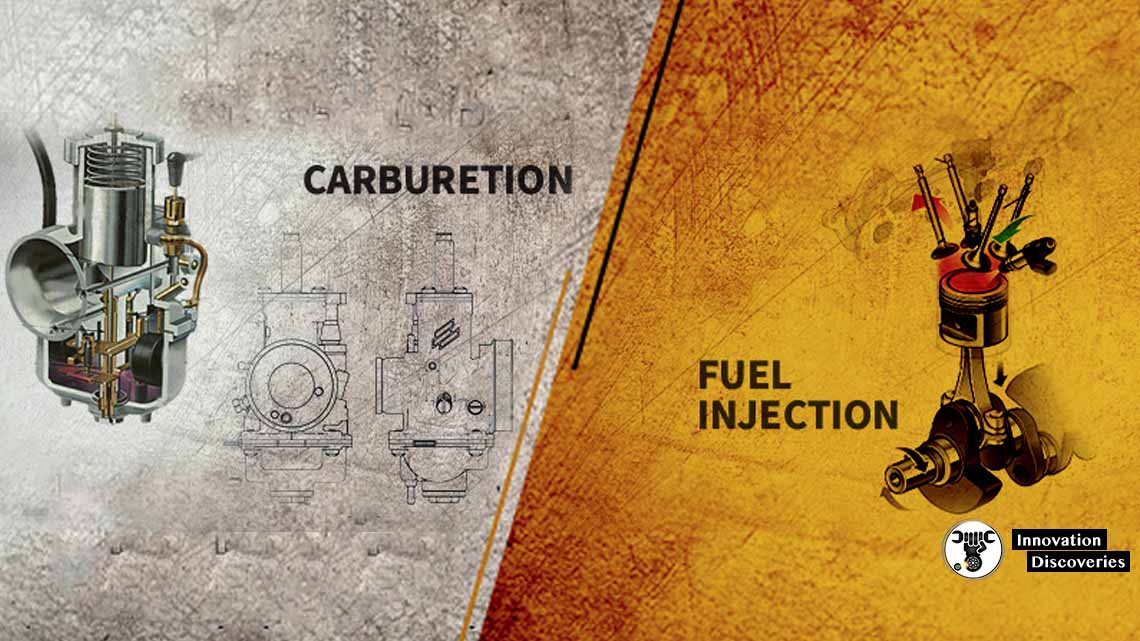
Headlight
Safety features should be included on every motorcycle – all parts should be listed.
In addition to illuminating the route ahead during hours of darkness, the headlight on your motorcycle also makes your bike more visible to other drivers at any time of day or night.
Drivers can spot a headlight well before they can see a motorcycle or its riders.
Air Cleaner or Air Intake
One of the safety features of motorcycles is the air cleaner.
They filter impurities out of the incoming air charge, protecting the engine oil from contamination and the pistons and cylinders from scoring and abrasion.
Air cleaners function using either forced air or turbo. You can choose from an aftermarket air filter element, an air cleaner assembly, or a velocity stack.
Gas Tank
The gas tank in motorcycles serves the same purpose as it does in automobiles: it holds and dispenses the gasoline the bike needs to run.
Nearly all motorcycles have just one gas tank. The average motorcycle will get about 120 to 200 miles from a tank of gas, depending on riding conditions, the size of the tank, and the size of the engine.
Odometer
Just like in a car, the odometer on a motorcycle measures the distance in miles that it has travelled.
Odometers can be mechanical, electronic, or a combination of the two.
Handlebars
Most sets of handlebars will fit any motorcycle. Handlebar modifications are among the easiest and most affordable measures you can take to improve the style and/or comfort of your bike.
When it comes to the latter consideration, aftermarket handlebars can make an enormous difference, as factory handlebars are installed according to generalized measurements of height and reach.
The different types of handlebars include the following:
- Tracker
- Clip-Ons
- Moto
- Zero drag, low drag or high drag
- Maynard
- Zed
- Moustache
- Keystone
- Clubman
- H-bar
- Window
- Chumps
- Ape Hangers
Footpegs
This small but mighty part helps riders keep their feet planted and in control during even the most challenging rides.
The types of footpegs include passenger, engine guard, highway, dually highway, and anti-vibration.
Highway Bars/Crash Bars
These bars protect both the motorcycle and the rider.
Highway bars, also known as crash bars, are designed to hit the ground during a crash, preventing contact with the engine area and side of the bike. They also safeguard the riders’ legs.
The three materials most commonly used in the manufacturing of crash bars are stainless steel, mild steel, and aluminium.
Forward Controls
Some riders prefer to extend their legs further than factory assemblies allow.
These riders can equip their bike with forwarding controls—a modification in which the shift peg, brake pedal, and foot pegs are relocated forward.
Credit: mcpartsflexpay
- MOTORCYCLE SECURITY AND ANTI-THEFT: WAYS TO SAVE YOUR BIKE
- COMPLETE NOTES ON NITROUS OXIDE SYSTEM (NOS)
- 7 FUEL-SAVING TIPS (YOU CAN START TODAY)
Visit Forum
Visit Our Friendly Website


